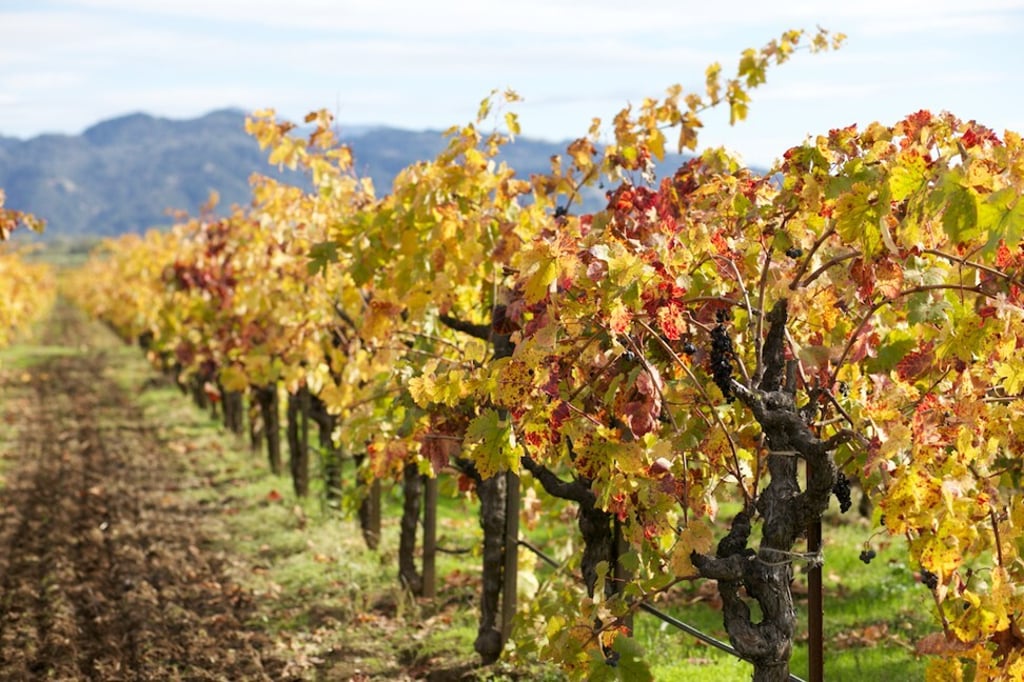How zinfandel helped secure California’s place in the wine world and brought rose to the masses
- Believed to be an indigenous American grape, it was later discovered to be part of a European grape species
- A versatile grape, zinfandel can be made into many styles of wine: jammy, blackberry- and plummy fruit-packed

Zinfandel has contributed much to California’s place in the wine world. The grape is part of the American state’s history, dating back to the gold rush in the late 1840s. It is tricky to determine exactly when a vine first arrived, but at the Original Grandpère Vineyard, in the Shenandoah Valley, Amador county, records from 1866 document that zinfandel vines had been planted there.
For many years, zinfandel was thought to be an indigenous American grape, but with the advent of DNA testing in the 1990s, it was determined to be part of the European family of grape species Vitis vinifera.
In the 1820s, zinfandel cuttings were brought to the United States from Austriaby a George Gibbs, who owned a plant nursery in New York. By the 1840s, “zinfendal” (as it was spelled then) was being grown in hothouses in the northeastern US. During this period, the grape made its way to California with the help of another nursery owner, Frederick Macondray.
The years of the gold rush found timber and wire (needed in trellising vines) in short supply, and zinfandel became popular because it did not require trellising.

Zinfandel was California’s most widely planted red wine grape until 1998, when it was surpassed by cabernet sauvignon.
A versatile grape, zinfandel can be made into many styles of wine: jammy, blackberry- and plummy fruit-packed and a bit on the chewy side with intense tannins, giving a huge mouthful of sensations and tastes. It can make a fabulous after-dinner port-like bouschet wine that is gregariously sweet, with peppery, juicy black fruits.